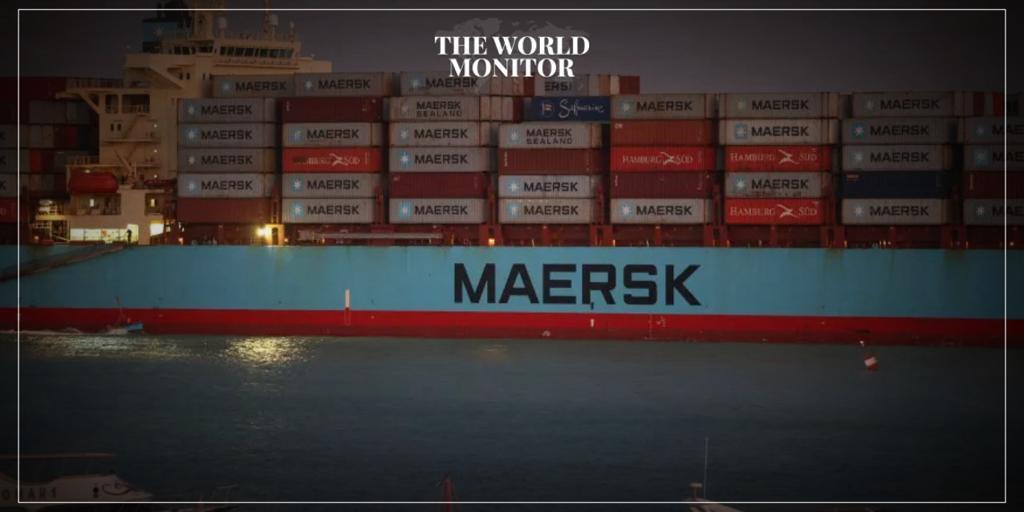Ocean freight rates are experiencing a notable spike in the wake of a missile attack and an attempted hijacking targeting a Maersk vessel this past weekend. Carriers have decided to put a hold on plans to resume transits through the Red Sea, a crucial passageway for the Suez Canal trade route.
Yemen-based Houthi militants have been actively targeting high-value cargo vessels in the Red Sea since November, expressing solidarity with the Palestinian Islamist group Hamas engaged in conflict with Israel in Gaza. This series of attacks has compelled ships to divert their routes around the southern tip of Africa, leading to increased costs for vessels undertaking the longer journey. Despite the surge, current rates remain below the levels witnessed during the pandemic peak in 2021.
The Suez Canal, connecting the Red Sea to the Mediterranean Sea, stands as the swiftest route for shipping fuel, food, and consumer goods from Asia and the Middle East to Europe. Shippers depend on this route for transporting nearly one-third of all global container cargo, including commodities such as toys, footwear, furniture, and frozen food.
The ongoing attacks are causing delays in the delivery of products for various companies, as major players like IKEA, Walmart (WMT.N), and Amazon (AMZN.O) rely on the Suez route for their shipments.
This week, Asia-to-North Europe rates more than doubled, exceeding $4,000 per 40-foot container, while Asia-to-Mediterranean prices climbed to $5,175, according to Freightos (CRGO.O), an international freight booking and payments platform.
Several carriers have announced rates surpassing $6,000 per 40-foot container for Mediterranean shipments starting mid-month. Additionally, surcharges ranging from $500 to as much as $2,700 per container could further elevate overall prices, as noted by Judah Levine, Head of Research at Freightos, in a recent email.






